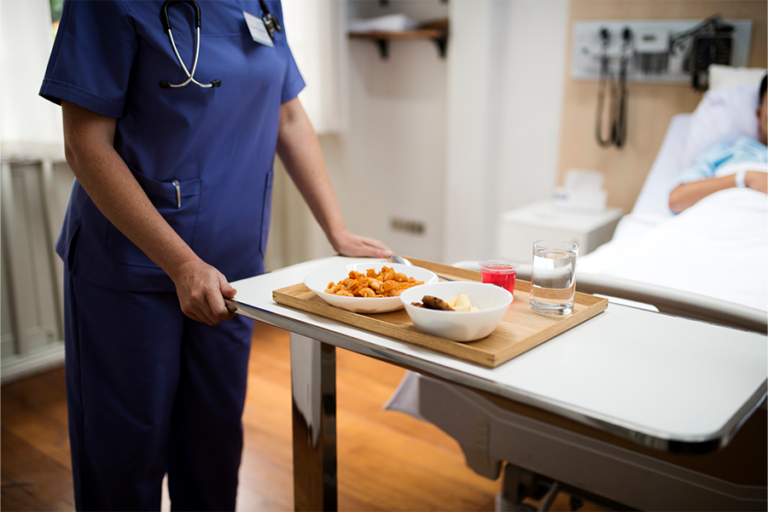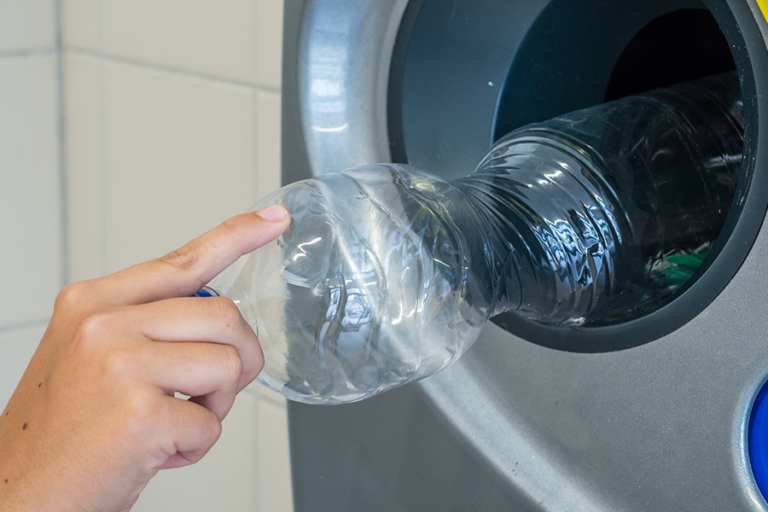Spotlight on Health and Well-being
Over the last twelve months schools have reported an increase in the number of nutrition and food-quality related queries received from parents. It seems school headmasters and school caterers are being questioned in much more granular detail than in the past about the school menu.
It is not surprising that parents want to know more about school food provision; child health and wellbeing is high on the public health agenda and parents are at the heart of mass media campaigns such as the two under 100kcal snacks per day and the sugar reduction programmes.
In addition the public is becoming more health and environmentally conscious, increasing the desire for sustainable food and as a result we are also seeing the rising popularity of plant-based diets such as veganism.
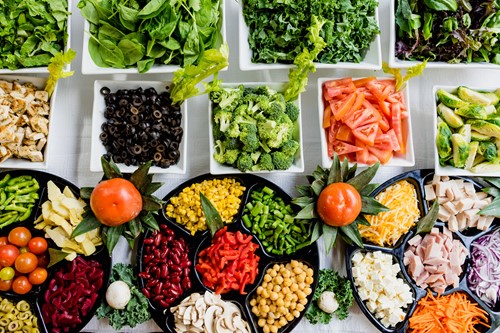
School Food Provision
The food offered at your school may be of a high standard and quality but how can you prove this to parents?
By following approved and recommended standards caterers have a framework that they can benchmark their menus against. This can help schools prove to parents and pupils that the food provision, in terms of nutrition and quality, is the best it can be.
Here is a practical three-step approach that caterers can follow:
Step 1: Meet School Food Standards
Food in schools should meet the nutritional standards for school food, a set of minimum food-based standards, which are mandatory in state-maintained schools but recommended for all others.
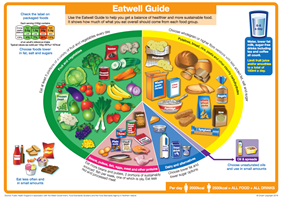
Standards for School Food in England are based on the Eatwell guide and will show that the food and drink you provide meets healthy eating recommendations for school-aged children. School caterers can carry out a self-assessment of their menu against the standards by using a checklist available on the School Food Plan website.
However, if support is required, a registered dietitian or nutritionist with school food expertise can assess the school menus against the standards and make appropriate recommendations on how to meet these minimum standards.
Step 2: Healthier and more sustainable catering
Follow healthier and more sustainable catering guidance including the Government Buying Standards for Food and Catering (GBSF). By following the recommendations set out in this document caterers can further demonstrate that they are sourcing healthier products which are lower in salt, fat and sugar.
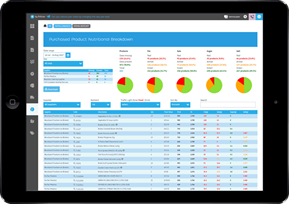
A checklist is available on the Public Health England website to help caterers, but support can be sought from a registered dietitian/nutritionist or food procurement experts who have the product knowledge and technology in place to support you.
Step 3: Consider a School Catering Award
Applying for a local, regional or national school food award will demonstrate to parents that the food provision is going over and above the minimum standards for school food. The added advantage of an award is that your school menu will be assessed by a third party, providing an independent appraisal of your food service. This award can then be used as a useful marketing tool, promoting the high level of food standards provided by the school. Some examples of recognised catering awards include the CAP, Food for Life Served Here and local Food in Schools Award.
You can read case studies of organisations achieving Food For Life Served Here Award.
By using this three-step approach caterers have a framework to follow which includes a robust set of nutritional standards, practical guidance and recognised catering sector award criteria, which can be used to demonstrate to parents that the school’s food is healthy and sustainable.
Impartial Menu Advice and Support
If you need help with your menu -Anna-Maria, our Company Dietitian can help you.
Anna-Maria is an HCPC registered dietitian and a member of the British Dietetic Association, as well as being a member of numerous specialist groups including the National School Meals Network, BDA Food Services Specialist Group and Nutritionists in Industry
You can contact Anna by email at hello@pelicanprocurement.co.uk



